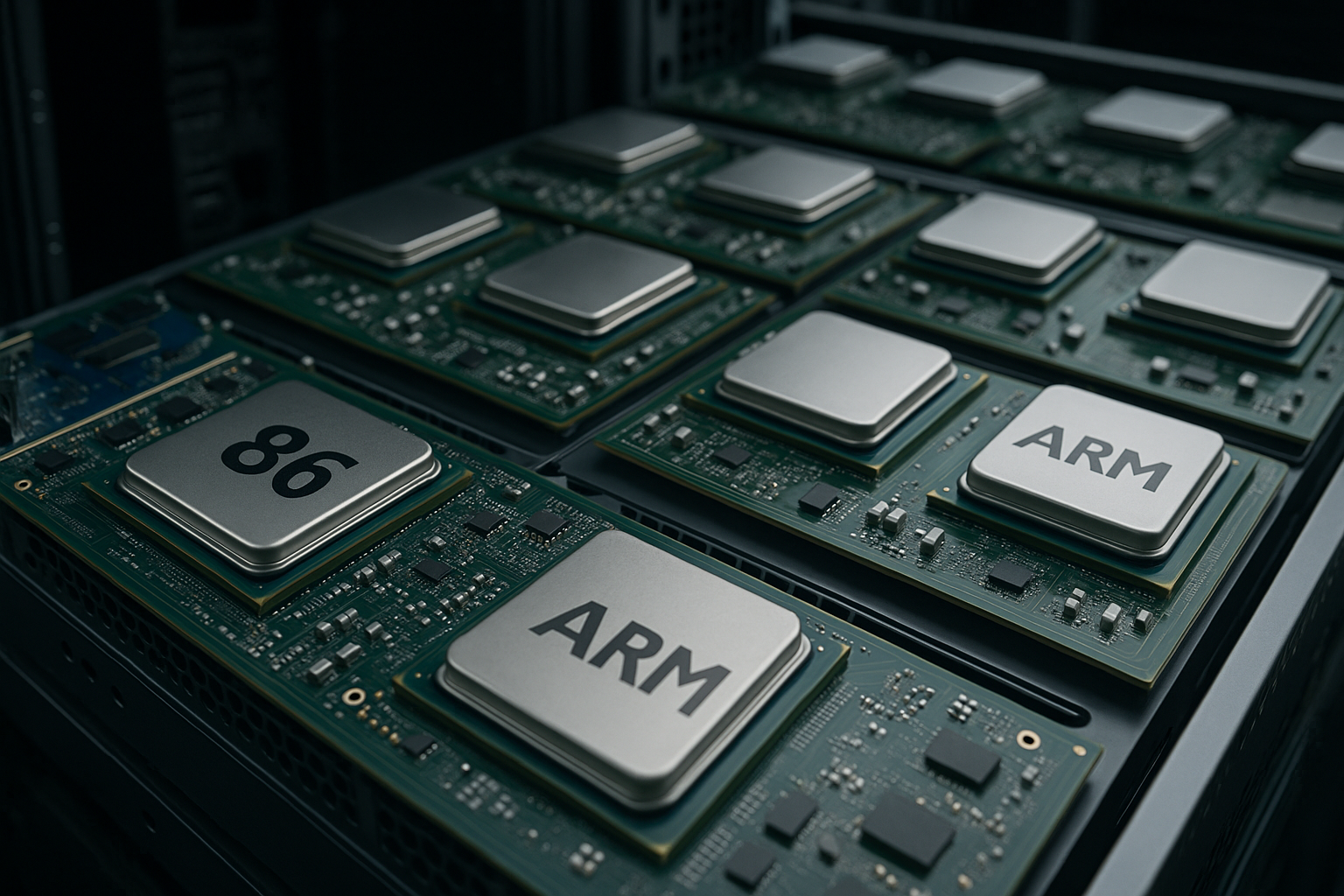The Future of Server Processors: What Comes After x86 and ARM?
The future of server processors: a changing landscape
The future of server processors is being shaped by shifts in architecture, efficiency, and new workloads. For decades, x86 has dominated data centers, while ARM recently gained ground thanks to its energy efficiency and scalability. However, both face challenges as organizations demand chips tailored for artificial intelligence, machine learning, and massive cloud environments.
RISC-V as an open-source alternative
One contender for the post-x86 and ARM era is RISC-V, an open-source instruction set architecture. Its flexibility allows companies to design processors optimized for specific workloads without the licensing costs of proprietary models. For server environments, this could translate into lower costs, greater customization, and faster innovation. Although adoption is still in early stages, major tech firms are already experimenting with RISC-V chips.
Custom silicon and vertical integration
Beyond RISC-V, large cloud providers are developing their own processors. Amazon’s Graviton series and Google’s Tensor Processing Units (TPUs) are examples of vertically integrated solutions tailored to their platforms. These processors highlight a trend where hyperscalers move away from traditional suppliers, designing chips that maximize performance for their unique infrastructure needs.
AI-focused processors
Artificial intelligence is reshaping processor demand. GPUs, once primarily used for graphics, have become essential for parallel processing in AI workloads. At the same time, new AI accelerators and domain-specific architectures are being created to meet the explosive demand for training and inference. This diversification suggests that future server racks may rely on heterogeneous hardware: CPUs for general tasks, GPUs for AI, and specialized accelerators for unique applications.
Challenges and opportunities ahead
Transitioning away from entrenched architectures like x86 and ARM is not simple. Compatibility, software support, and ecosystem maturity remain barriers for emerging options. Still, the momentum behind RISC-V, custom silicon, and AI accelerators indicates a more diverse processor landscape ahead. The future of server processors will likely be hybrid, blending legacy architectures with new designs to meet evolving data center demands.
Source: arXiv

